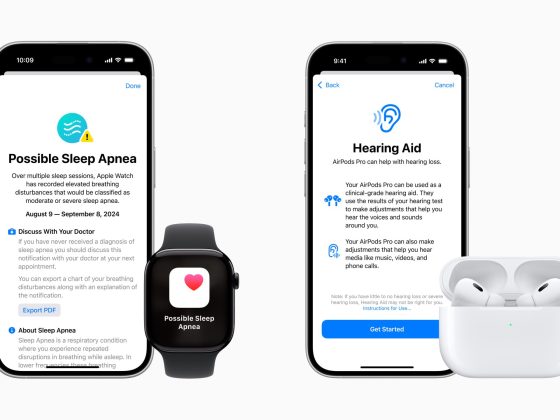
Photo by Towfiqu Barbhuiya on Unsplash
The following post was written and/or published as a collaboration between Benzinga’s in-house sponsored content team and a financial partner of Benzinga.
In a study on emerging markets by Harvard Business Review, 2 professors interviewed 200 entrepreneurs in a variety of emerging fields, concluding that “it makes perfect sense that the most successful of them … learn about their markets and their customers—and about what is likely to work” through parallel play, or iterative concept testing and improvement on existing models.
A glance at the burgeoning insurtech space may show signs that key contenders are currently operating in this disruptive phase. Take Kin Insurance (NYSE: OCA) as an example. Its direct-to-consumer approach cuts out traditional bureaucracies and uses technology to automate and optimize the insurance experience.
Many other companies are looking to replicate these ideals. Oscar Health Inc. (NYSE: OSCR), for example, promises to deliver “health insurance that just makes sense” while Bright Health Group Inc. (NYSE: BHG) asks if you are “ready to feel amazing about your health insurance?”
With new, disruptive entrants flocking into the space, investors must be more discerning about who will emerge as market leaders. Heeding the Harvard study, they may also wonder: who is engaging in parallel play?
A Mix of Parallel Play and Strong Fundamentals?
Kin is on a mission to reimagine home insurance for every new normal. To help achieve that goal, Kin places a strong emphasis on artificial intelligence (AI) and technology automation to provide easily accessible, affordable and accurate home insurance in catastrophe-prone areas without compromising coverage. Unlike many legacy carriers which rely on a single vendor for customer and property attributes, Kin has developed AI to triage between various data sources, allowing for more accurate and unbiased underwriting. These additions help cut out significant commission costs that customers would incur.
Kin’s financial stability and unit economics show the experiment is working. The company reported a gross profit of $8 million in the 9 months that ended Sept. 30, 2021, constituting a 200%+ year-over-year growth. It states that compared to peers, the company has a vastly higher revenue growth rate for 2021 to 2022, a higher premium per customer, a higher lifetime value to customer acquisition rate (LTV/CAC) and a significantly lower adjusted loss ratio.
Additional Fortification
Kin’s sincere dedication to customers includes full transparency into its operations and how the company makes decisions. It even structured its insurance company as a reciprocal exchange so that policyholders own part of the carrier. Additionally, its reinsurance program operates as a sort of “safety net for the safety net,” providing Kin with additional financial support in case of rare emergencies. Kin’s program claims to be so secure that only once in 160 years would it expect any event to exceed the program. Even if that did happen, the company would have $30 million in additional capital to cover it.
The company also boasts high rating scores from different agencies. Kin’s Interinsurance Network, whose coverage extends to Florida and Louisiana, has a financial stability rating of “A” (Exceptional) from Demotech Inc., and its California home insurance is backed by A-rated Falls Lake Fire and Casualty Company.
The preceding post was written and/or published as a collaboration between Benzinga’s in-house sponsored content team and a financial partner of Benzinga. Although the piece is not and should not be construed as editorial content, the sponsored content team works to ensure that any and all information contained within is true and accurate to the best of their knowledge and research. This content is for informational purposes only and not intended to be investing advice.
© 2021 Benzinga.com. Benzinga does not provide investment advice. All rights reserved.









